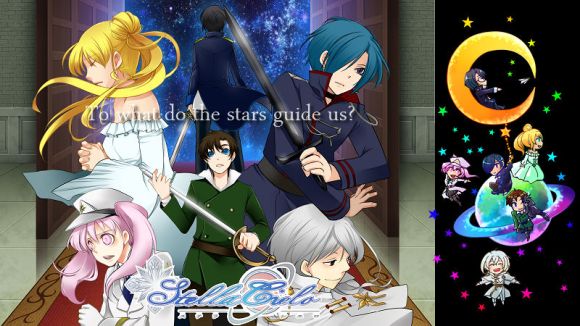
Not so long ago, making a video game was strictly for big businesses. Putting out a quality product required expensive workstations, plenty of office space to house the development team, and huge distribution and advertising budgets.
But at the same time as the cost of producing blockbuster interactive entertainment continues to skyrocket, a growing number of independent game creators are showing that with some reasonably priced development and project management software, a talented team can put together gaming experiences that rival anything from corporate-backed studios in terms of emotional impact.
We sat down for a chat with a young woman with the dream and drive to do just that, indie game director and composer Yumi Hashimoto.
Hashimoto’s latest endeavor is the Windows title Stella Cielo. The game is classified in Japan as a “visual novel,” something not unlike a Choose Your Own Adventure novel.
The player assumes the role of main character Loren, a young man living in a sleepy 19th century city. One day, Loren is summoned to become the savior of another planet which is facing annihilation due to its lack of a sun. Deepening on the choices the payer makes, Loren’s tale will unfold, and end, in different ways.
▼ Stella Cielo’s protagonist, Laurant (Loren to his friends)
Hashimoto, the game’s director and composer, recently met us for an interview in her native city of Yokohama to discuss working in the Japanese indie game scene, along with Stella Cielo’s development and upcoming English-language release.
RN24: Prior to creating Stella Cielo, you provided background music for a number of independently produced games. How did you get started as a musician?
Hashimoto: My parents have always been interested in classical music, so I had a lot of exposure to it through them. They signed me up for piano lessons when I was in elementary school, and I also took classical guitar lessons. I even entered a couple of competitions. I wasn’t good enough to win any, though, haha.
Then, when I was in junior high school, I found an indie singer online named Akiko Shihata. I was really impressed with her work, and when I found out she was producing her own CDs, I thought maybe I could do that too.
▼ Hashimoto poses with a copy of her latest title
So why did you decide to go into composing, instead of performing?
Well, I really enjoy creating music, thinking up the melodies, more than actually playing it. Even when I was a little girl and I watched Disney movies, I was always paying attention to the soundtracks. I’m a huge fan of Hans Zimmer, and the way he uses drums for such a Germanic feel. I really love his work in The Lion King, especially whenever Scar is on screen. In general, I liked the Disney films with energetic heroes, like Hercules, more than the ones with cute princesses, like The Little Mermaid.
Also, even though my parents aren’t hard-core gamers or anything, I remember them playing Donkey Kong Country 2 on the Super Famicom (Super NES) when I was a kid, and I really enjoyed the music in that, too.
So how did you first find jobs composing?
In junior high, I started researching how to create music using computer software, and in the process I came across two websites that allow users to submit their creations. The first is called Muzic, and in high school I started uploading to another called Text Ongaku Sakura. Through them, I heard about indie games in production that were looking for composers, so I started sending in applications.
I got my first job, writing five pieces of music for a school-life game, before I started high school. About two years after that, I’d built up enough recognition that I started getting offers sent to me directly, too.
▼ Background artwork from Stella Cielo
And your parents were OK with you doing that kind of work while you were so young?
Haha they said as long as my grades didn’t slip, I could do what I wanted.
And how did they feel about your decision to go into video game soundtracks instead of classical music?
They were really supportive. Actually, they told me that if my goal was to get my name in history books, that I should pursue classical music, but that if I wanted to leave an impression in people’s hearts, soundtracks were the better choice.
I still didn’t have the technical skills to create a game, though, so after graduating from high school, I spent two years working as a debugger and member of the music planning team at one of the biggest game companies in Japan. Sorry I can’t say which one. Japanese game companies are pretty secretive like that.
What are the differences between working for an established company versus producing a game independently?
When you’re working for a big company there’s definitely a sense of satisfaction that come from being part of a project with such a big scale. At the same time though, there’s always an atmosphere that you should hold back some story ideas, in order to make sequels if the game is a hit.
But when you’re producing an indie game, you have a lot more freedom in how you go about realizing your creative vision. You can go all out in the narrative, and tell the story from beginning to end.
How long did the development for Stella Cielo take?
From start to finish for the Japanese version, it took about five years. I came up with the idea for the story and the opening theme in high school. Even now, I don’t have the programming skills to create an entire game by myself, so I had to recruit members for the team through sites like the artwork-sharing site Pixiv.
▼ Stella Cielo’s opening theme and animation
Also, a lot of people in the indie game community have to work a second job to pay the bills, so that can slow the process down, too. I feel really lucky to have been able to find people who would stick with the project for so long.
How many people ended up working on the game?
We had nine core members, and the total team is around 20 people.
What was the most difficult part of the development process?
For me, personally, it was debugging. Making sure that the images, sound, and text all matched up properly took forever.
You mentioned you first came up with the game’s basic story in high school. What was your inspiration for it?
Well, like a lot of people, I went through a stage when I was a teenager where my parents and I argued a lot. It made me start thinking about what the ideal family is, and what a happy ending is for people who go through those sorts of things growing up.
I thought it would be interesting to explore those questions in a fantasy setting. Without giving too much away, Stella Cielo’s story deals with things like the relationship between children and parents, and the complications in being a parental figure for someone who’s not your biological child.
The main character, Loren, is kind of unique for this type of game. Usually in visual novels, the main character is supposed to be a blank slate for the player to project on, often with bangs obscuring their face. In contrast, Loren seems to have a pretty defined personality and appearance.
Yes, and that’s intentional. In a lot of visual novels, the protagonist is kind of a throw-away character. Even in Japan, a lot of gamers are tired of this, and I wanted to do something different by making the central character of the story someone with his own perspective.
Also, Loren is supposed to be the hero of the story. His mission is to save a world, which isn’t something you can ask a completely ordinary person to do. In order to be up to that task, he had to have a personality of his own.
A lot of the most popular visual novels in Japan, and the majority of those that have attracted attention in the West, feature some pretty explicit sexual content. Is there anything like that in Stella Cielo?
Not at all. From the start, I wanted to make a game that expands the range of who can enjoy a visual novel. We set out to make likeable characters who would make people, young or old, male or female, want to see what happens to them.
Which of the characters did you enjoy writing the most?
It would have to be Minna, the girl from another planet who comes looking for Loren to save her home world. Her personality has a lot of similarities to how I was in high school. Haha, I didn’t look nearly as cute as her, though.
In total, how many pieces of music did you compose for the game?
I ended up with around 30. Honestly, I would have liked to make 50, but there just wasn’t enough time. The easier ones I could finish in a couple of hours, but the more difficult ones often took me three days or so. The music for the battle scenes was especially tough, since the artwork is all still drawings and so much of the kinetic energy has to come from what the player hears.
When do you do most of your composing?
As much as I want to become a morning person, I just can’t seem to do it. In general, I start working on music around 10 p.m., and on really busy days, I don’t finish until around 5 in the morning.
▼ Hashimoto’s workspace
How do you keep yourself going all night long?
When I get tired, I take a break and listen to someone else’s music for a while. My family’s cats, Nikki and Momo, keep me company a lot, too.
What made you decide to produce an English version of Stella Cielo?
I often go to events like Comiket to sell games and soundtracks, and recently I’ve noticed more and more people from overseas attending. I’m really impressed by that passion they show as fans for independently-produced games. Not all of them can speak Japanese though, so I’d like to be able to give them something they can play and fully enjoy.
So now the big question, when is the English version going to be available?
The trial version is going on sale at Comiket, this month on December 31. The pricing isn’t finalized, but it probably won’t be more than 500 yen (US$5). Our booth is 22B in the ね / “Ne” block, right near the entrance to the hall.
The complete version is still being translated, but we’re hoping to have it done by next summer, or December of 2014 at the latest.
Finally, do you have a message for gamers in the English-speaking world?
December 31 also happens to be my birthday, so it’d be a great birthday present if I got a chance to talk with indie game fans from overseas.
For those of you who decide to buy the English version of Stella Cielo, thank you so much, and I hope you enjoy it, not just as a Japanese game, but as a memorable one.
RocketNews24 would like to thank Yumi Hashimoto and the Stella Cielo team for taking the time to talk with us.
Related: Stella Cielo English website
Stella Cielo Twitter
Comiket Enlgish Website
Images: Stella Cielo

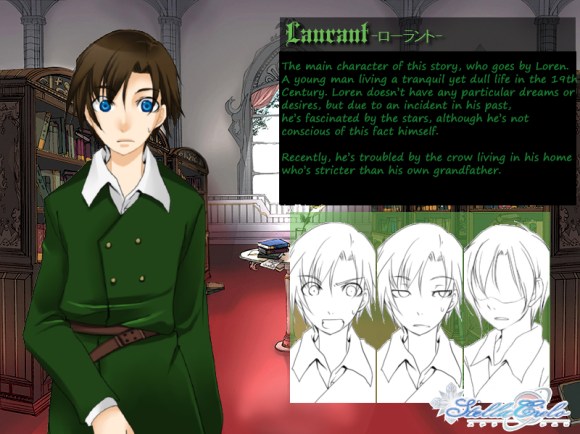
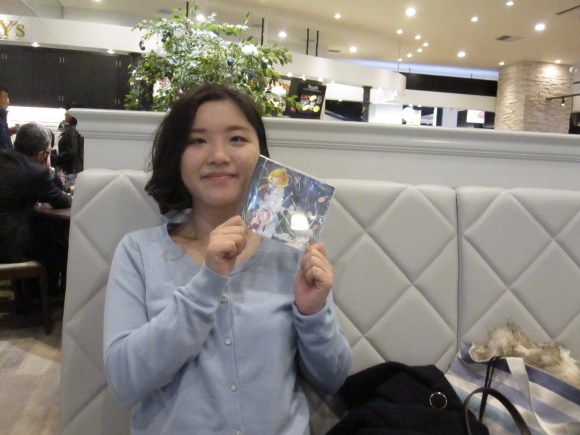
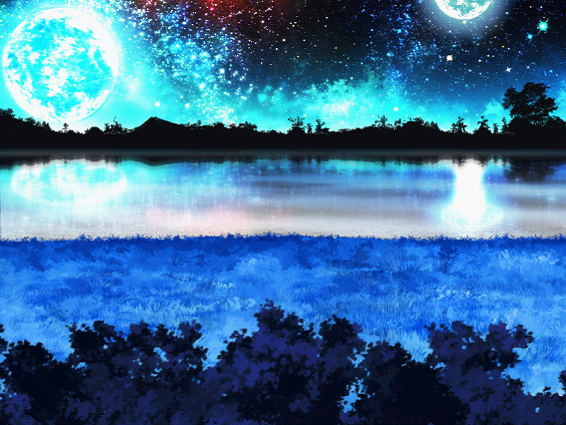
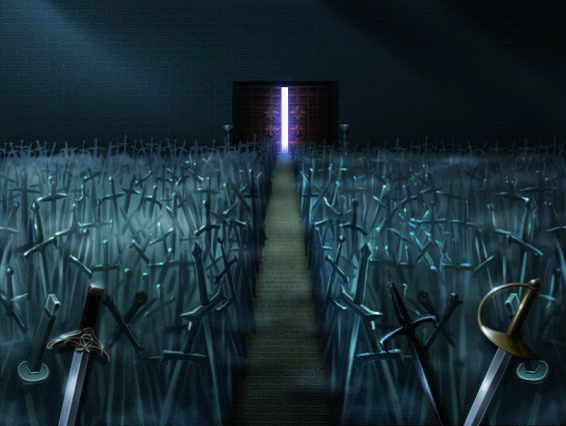
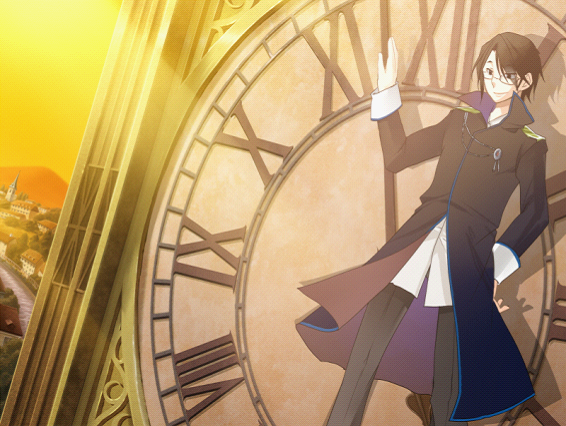
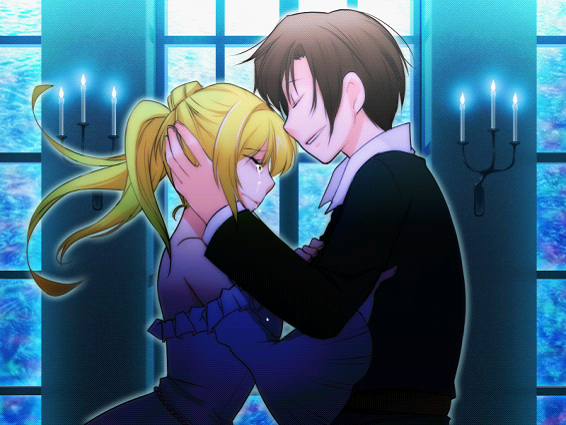
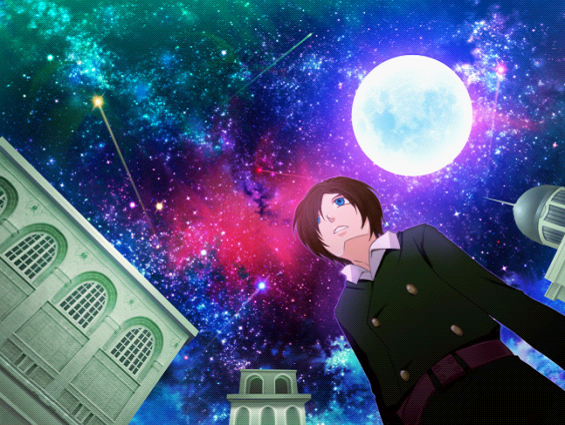

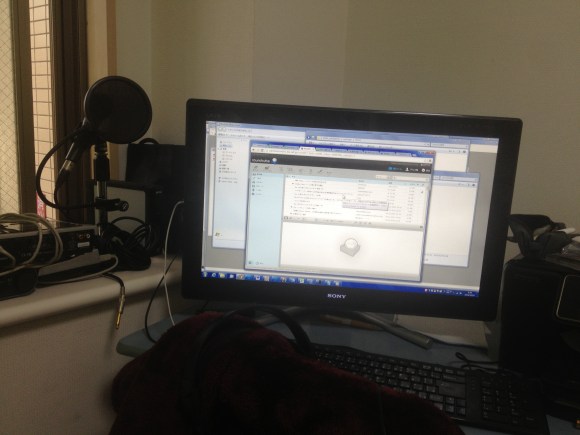
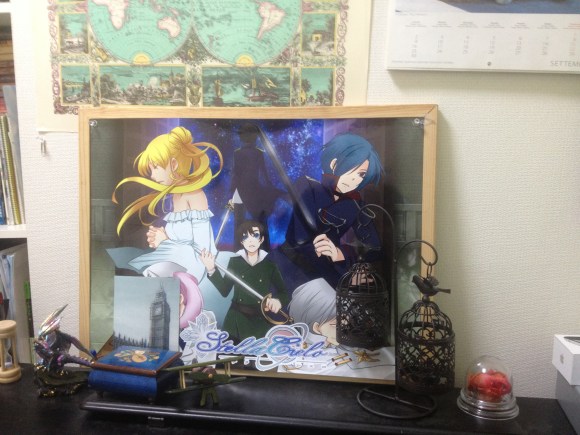
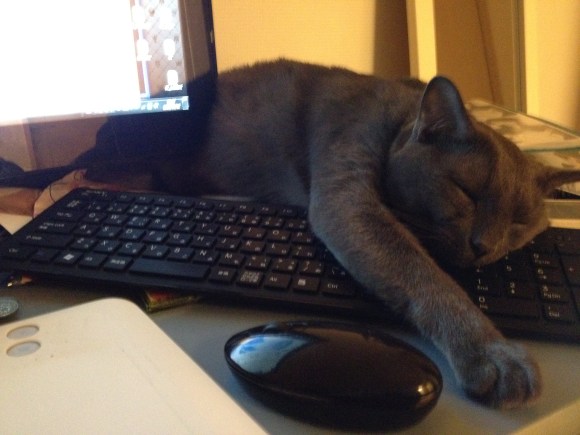
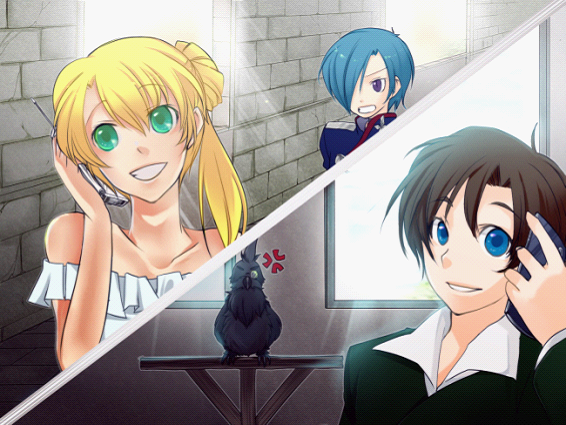
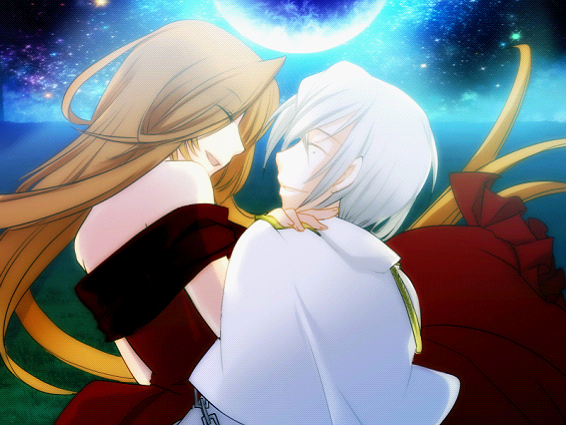
 New dating simulator’s heroine is a doll….literally!
New dating simulator’s heroine is a doll….literally! Undertale’s Toby Fox composed the music for newest Japanese commercial for Pocari Sweat
Undertale’s Toby Fox composed the music for newest Japanese commercial for Pocari Sweat Japanese Dragon Quest fan finds her one-button fix for composer’s questionable politics
Japanese Dragon Quest fan finds her one-button fix for composer’s questionable politics The unforgettable Dragon Quest theme music took an amazingly short time to write, composer says
The unforgettable Dragon Quest theme music took an amazingly short time to write, composer says Cave Story Developer Unveils Newest Game at Indie Event in Kyoto【Video】
Cave Story Developer Unveils Newest Game at Indie Event in Kyoto【Video】 Private booths are coming to Japan’s Shinkansen bullet trains even sooner than we’d thought【Video】
Private booths are coming to Japan’s Shinkansen bullet trains even sooner than we’d thought【Video】 Cosplay costume room tour by Japan’s number-one cosplayer Enako is an eye-opener【Video】
Cosplay costume room tour by Japan’s number-one cosplayer Enako is an eye-opener【Video】 The Purple Lucky Bag from Village Vanguard is an extra-large waste of money
The Purple Lucky Bag from Village Vanguard is an extra-large waste of money Tokyo fish market breaks New Year auction record as single fish sells for over 500 million yen【Vid】
Tokyo fish market breaks New Year auction record as single fish sells for over 500 million yen【Vid】 Japanese Shoppers Buying Tomato Juice Like There’s No Tomorrow, Or Like There’s A Fat Tomorrow
Japanese Shoppers Buying Tomato Juice Like There’s No Tomorrow, Or Like There’s A Fat Tomorrow Super-cheap yakiniku restaurant sells meat by the mouthful to give you exactly what you want
Super-cheap yakiniku restaurant sells meat by the mouthful to give you exactly what you want Japanese beef bowl chain Sukiya’s 2026 Smile Box lucky bag basically pays for itself
Japanese beef bowl chain Sukiya’s 2026 Smile Box lucky bag basically pays for itself Real-life Pokémon Scarlet and Violet arrive at Japanese cafe chain【Taste test】
Real-life Pokémon Scarlet and Violet arrive at Japanese cafe chain【Taste test】 Limited edition Gundam models made of 100% Gundarium on sale
Limited edition Gundam models made of 100% Gundarium on sale Japanese truck driver steals 5,800 bicycle seats over 25 years “for fun”
Japanese truck driver steals 5,800 bicycle seats over 25 years “for fun” Starbucks Japan ready to get Year of the Horse started with adorable drinkware and plushies【Pics】
Starbucks Japan ready to get Year of the Horse started with adorable drinkware and plushies【Pics】 Hayao Miyazaki says Happy New Year to Studio Ghibli fans with new art for Year of the Horse
Hayao Miyazaki says Happy New Year to Studio Ghibli fans with new art for Year of the Horse Cup Noodle tries an authentic Jiro-style ramen, but something’s not quite right
Cup Noodle tries an authentic Jiro-style ramen, but something’s not quite right The best Starbucks Japan Frappuccinos we want to drink again in 2026
The best Starbucks Japan Frappuccinos we want to drink again in 2026 We revisited Sweets Paradise after a decade to see if Japan’s dessert buffet still delivers
We revisited Sweets Paradise after a decade to see if Japan’s dessert buffet still delivers That time Seiji called JASRAC to ask why he didn’t get paid royalties for his song being on TV
That time Seiji called JASRAC to ask why he didn’t get paid royalties for his song being on TV We found possibly the quietest Japanese-style hotel in Tokyo’s bustling Shinjuku district
We found possibly the quietest Japanese-style hotel in Tokyo’s bustling Shinjuku district Pizza Hut Japan’s hot lucky bags are perfect for a New Year’s pizza party
Pizza Hut Japan’s hot lucky bags are perfect for a New Year’s pizza party Japan’s oldest largetooth sawfish in captivity back on display in Mie Prefecture
Japan’s oldest largetooth sawfish in captivity back on display in Mie Prefecture 7-Eleven Japan starts new temporary luggage storage service in over 300 branches
7-Eleven Japan starts new temporary luggage storage service in over 300 branches Disillusionment at Tsukiji’s tourist-target prices led us to a great ramen restaurant in Tokyo
Disillusionment at Tsukiji’s tourist-target prices led us to a great ramen restaurant in Tokyo Starbucks teams up with 166-year-old Kyoto doll maker for Year of the Horse decorations【Photos】
Starbucks teams up with 166-year-old Kyoto doll maker for Year of the Horse decorations【Photos】 Tokyo considering law requiring more trash cans following litter increase in heavily touristed area
Tokyo considering law requiring more trash cans following litter increase in heavily touristed area Tokyo’s Tsukiji sushi neighborhood asks tour groups to stay away for the rest of the month
Tokyo’s Tsukiji sushi neighborhood asks tour groups to stay away for the rest of the month Tokyo event lets you travel back in time, for free, to celebrate 100 years since Showa era start
Tokyo event lets you travel back in time, for free, to celebrate 100 years since Showa era start Japan may add Japanese language proficiency, lifestyle classes to permanent foreign resident requirements
Japan may add Japanese language proficiency, lifestyle classes to permanent foreign resident requirements Sanrio theme park in Japan announces plans to expand into a Sanrio resort
Sanrio theme park in Japan announces plans to expand into a Sanrio resort Stamina-destroying “Paralysis Noodles” are Tokyo’s newest over-the-top ramen innovation
Stamina-destroying “Paralysis Noodles” are Tokyo’s newest over-the-top ramen innovation Survey asks foreign tourists what bothered them in Japan, more than half gave same answer
Survey asks foreign tourists what bothered them in Japan, more than half gave same answer Japan’s human washing machines will go on sale to general public, demos to be held in Tokyo
Japan’s human washing machines will go on sale to general public, demos to be held in Tokyo Japan’s deadliest food claims more victims, but why do people keep eating it for New Year’s?
Japan’s deadliest food claims more victims, but why do people keep eating it for New Year’s? We deeply regret going into this tunnel on our walk in the mountains of Japan
We deeply regret going into this tunnel on our walk in the mountains of Japan Studio Ghibli releases Kodama forest spirits from Princess Mononoke to light up your home
Studio Ghibli releases Kodama forest spirits from Princess Mononoke to light up your home Major Japanese hotel chain says reservations via overseas booking sites may not be valid
Major Japanese hotel chain says reservations via overseas booking sites may not be valid Put sesame oil in your coffee? Japanese maker says it’s the best way to start your day【Taste test】
Put sesame oil in your coffee? Japanese maker says it’s the best way to start your day【Taste test】 No more using real katana for tourism activities, Japan’s National Police Agency says
No more using real katana for tourism activities, Japan’s National Police Agency says Starbucks Japan reveals new sakura drinkware collection, inspired by evening cherry blossoms
Starbucks Japan reveals new sakura drinkware collection, inspired by evening cherry blossoms Updated cherry blossom forecast shows extra-long sakura season for Japan this year
Updated cherry blossom forecast shows extra-long sakura season for Japan this year Meet Azuki and Matcha: The two newest vocaloids 【Video】
Meet Azuki and Matcha: The two newest vocaloids 【Video】 Metal Gear Solid’s composer wants you to chill
Metal Gear Solid’s composer wants you to chill Fitness Meets Cute Anime Girls in Exercise App, “Burn your fat with me!!”
Fitness Meets Cute Anime Girls in Exercise App, “Burn your fat with me!!” Tokyo church cancels anime singer’s concert because of her involvement with adult video games
Tokyo church cancels anime singer’s concert because of her involvement with adult video games Former otaku regrets wasting so much money as a kid, Dad tells him why it was money well spent
Former otaku regrets wasting so much money as a kid, Dad tells him why it was money well spent U.K. authorities issue warning about anime-style video game Doki Doki Literature Club after death
U.K. authorities issue warning about anime-style video game Doki Doki Literature Club after death Japan’s new era name sounds exactly like Final Fantasy’s “Prelude” when plotted as musical notes
Japan’s new era name sounds exactly like Final Fantasy’s “Prelude” when plotted as musical notes Eminem says he sampled Kingdom Hearts video game for his new song, but credits say differently
Eminem says he sampled Kingdom Hearts video game for his new song, but credits say differently Nintendo Tokyo, Nintendo’s first ever dedicated shop in Japan, opens–here’s the awesome merch!
Nintendo Tokyo, Nintendo’s first ever dedicated shop in Japan, opens–here’s the awesome merch!
Leave a Reply